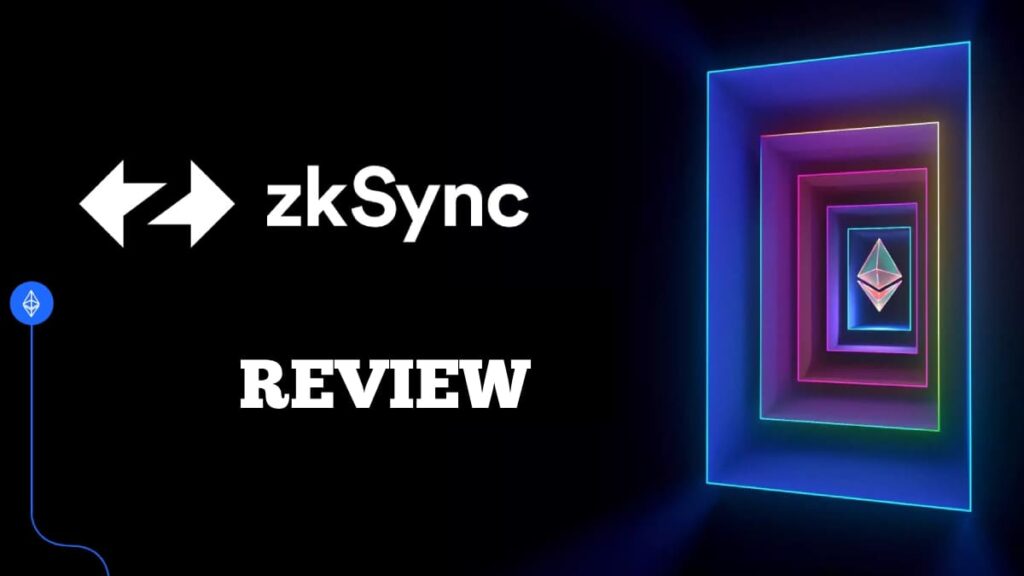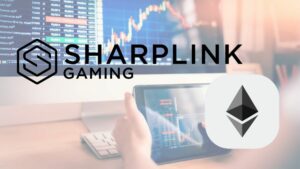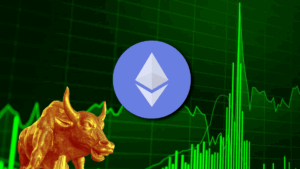With the massification of the use of blockchain technology and Decentralized Finances (DeFi), the congestion of the Ethereum network, being this the main platform for this type of finance, generated scalability problems and high costs for users. That is why projects like zkSync have burst with force, offering solutions for all these aspects.
If you want to know what zkSync is and why it is so important, not only for Ethereum but for the entire crypto ecosystem, this article is for you.
What is zkSync?
zkSync is a layer 2 scaling solution designed to improve the performance of the Ethereum blockchain. It uses zk-rollup technology, which combines multiple transactions into a single crypto token processed off-chain.
Its importance lies in the fact that this method significantly increases Ethereum’s transaction processing capacity, reducing network congestion and gas costs for users interacting with smart contracts and sending tokens. Despite processing off-chain transactions, zkSync guarantees a high level of security by anchoring the finality of transactions on the Ethereum mainnet.
In addition, it uses zero-knowledge proofs (zk-Proofs) to significantly improve this aspect, allowing the integrity of transactions to be verified without revealing supporting evidence.
How does zkSync work?
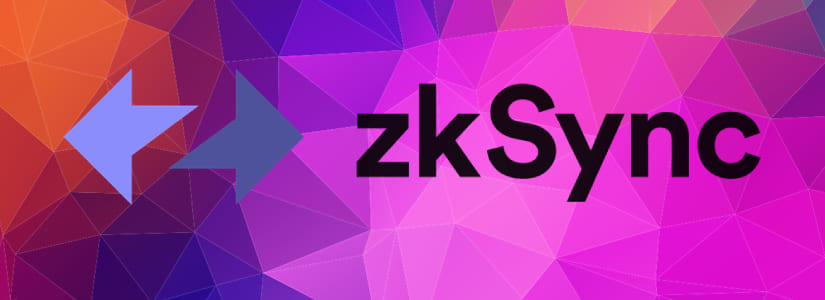
As we have seen in the previous section, zkSync uses zk-Rollups technology to improve the scalability and efficiency of the Ethereum network. But what exactly does this mean?
zkRollup is a type of L2 solution that uses zero-knowledge proofs to cluster multiple transactions into a single transaction on the main Ethereum network (L1). This clustering process helps reduce the cost of gas fees and increases the overall capacity of the network.
Thus, one of the main advantages of zkSync is its speed. Transactions in zkSync are processed much faster than standard Ethereum transactions, making it ideal for applications that require fast confirmation times.
In terms of security, zkSync maintains a high level of security comparable to the Ethereum mainnet, despite being an L2 solution.
To use zkSync, users first submit their tokens to the zkSync smart contract on the Ethereum mainnet. Once the transaction is confirmed on the mainnet, the tokens become available on zkSync. If users wish to withdraw their tokens back to the Ethereum mainnet, they can initiate a withdrawal process on zkSync and, after a certain amount of time, the tokens will be transferred back to the mainnet.
Features of zkSync
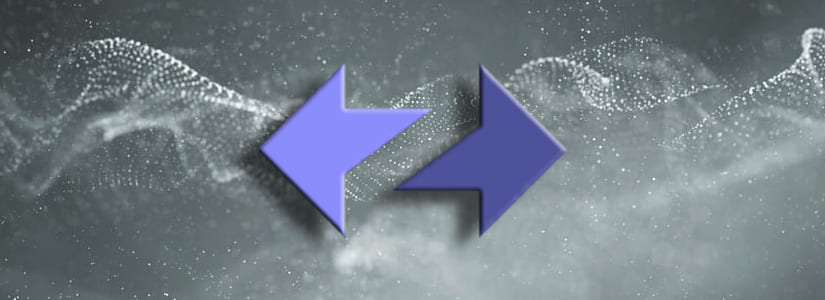
Freedom for development: it aims not only to increase Ethereum’s performance, but also to fully preserve its core values, such as freedom, personal sovereignty and decentralization, on a large scale.
Hyperscalability: it is the ability to scale exponentially to meet the demand of the web3, similar to how the Internet works. It is about processing an unlimited number of transactions without having an impact on security or cost. This is the ultimate goal of ZK Stack.
Maximum Security: This refers to the enhanced security offered by zkSync Era as a scalability solution. Zk-rollups, such as Era, are able to inherit 100% of Ethereum’s security. However, zkSync is committed to overcoming this and making Era the most secure layer 2 in practice.
Better user experience: this zkSync functionality focuses on user experience (UX). For zkSync, it is critical that the self-custodial experience is combined with an intuitive, pleasant and security-enhancing user interface. This focus on end-user-centric design aims to facilitate mass adoption of web3 and attract billions of users.
What is zkSync Era and What is its Significance?
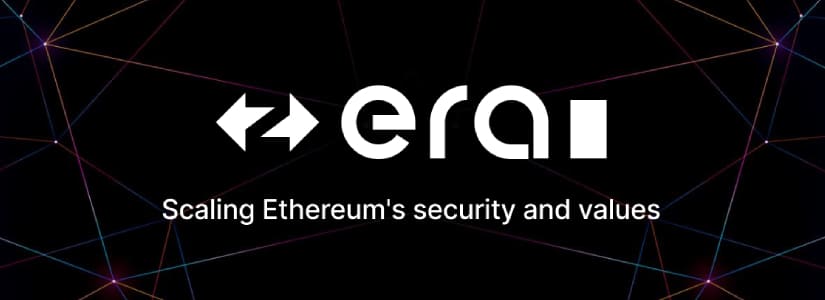
zkSync Era is a significant advancement in the zkSync protocol. This new version, previously known as zkSync 2.0, introduces Ethereum Virtual Machine (EVM) compatibility and support for smart contracts. What this means is that existing decentralized applications (dApps) on Ethereum can be easily ported to zkSync Era without the need to modify their code. This provides a more seamless user and development experience for Ethereum users and developers.
One of the key enhancements is the ability to accept and compile code written in multiple languages, including Rust, Yul, Vyper and Solidity, which is the primary programming language used in Ethereum.
The rebranding to zkSync Era signified a new era for the protocol, as it was opened up to registered projects to implement on the mainnet. This preparation phase was crucial for the full launch of the network, which occurred on March 24, 2023, making zkSync Era the first zkEVM to hit the mainnet.
It also represented a significant milestone for the zk-rollup space, which has been dominated by optimistic rollups such as Arbitrum and Optimism. The launch of zkSync Era, marked the beginning of what could be a significant uptrend in zk-rollup adoption, shaping the future of Layer 2 scaling solutions for Ethereum.
Conclusions
The use of blockchian technology has increased exponentially the past few years, but so has the requirement for solutions that allow networks like Ethereum to scale. With this huge influx of users and projects looking to enter decentralized finance, zkSync is destined to become an indispensable platform within the crypto ecosystem.
As such, the developments in zkSync’s technology that we have seen throughout this article position it as one of the most promising projects with the greatest potential for development today.


